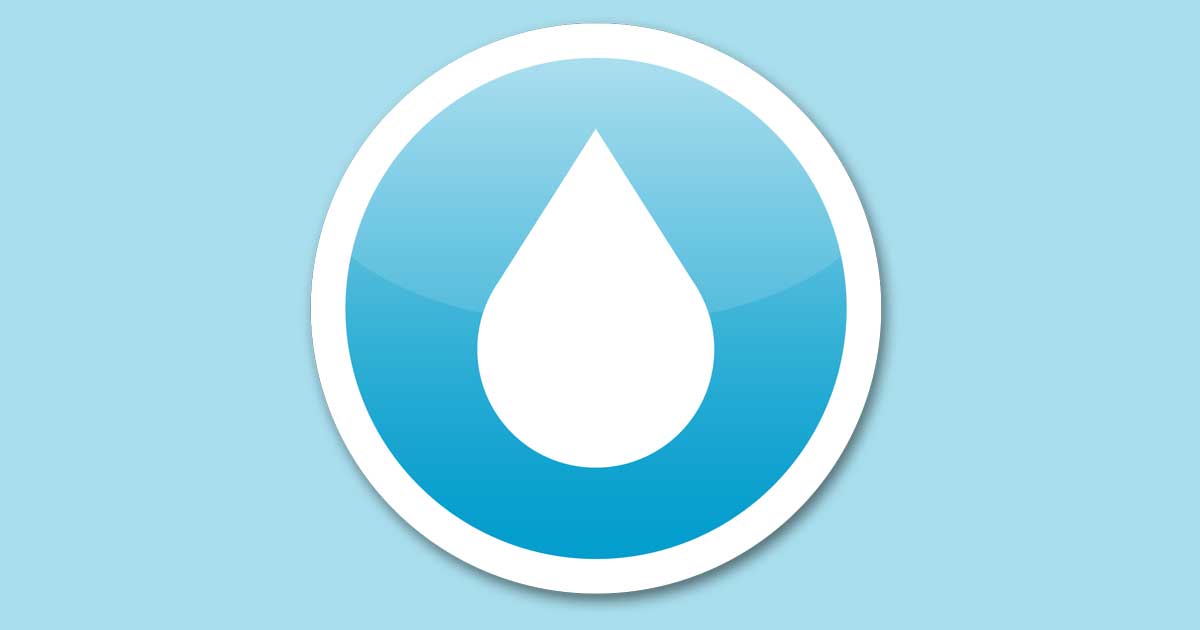To serve you better, we've assembled a list of our customers' most frequently asked questions. If you don't find your answer here, feel free to contact us.
How could I have used this much water?
You may not have - the numbers on your meter may have been transposed or hard to read. You could possibly have a leaky toilet or faucet that's difficult to detect. Just call the office and we'll work with you to solve the problem.
What do I do if I am experiencing low pressure?
Check your meter and the surrounding area for possible leaks. Next, call our office and report low pressure for your area.
Why is my water discolored?
A repair could have been completed recently allowing air to enter the line, causing the milky look.
What chemicals does our utility district add to the water?
Only chemicals that are approved by the National Safety Foundation for treatment of drinking water.
My water tastes, looks, and smells funny. Is it safe to drink?
All public water systems are required to maintain a minimum chlorine level of 0.2 mg/L (tested at the end of each line) by state law. Systems that use chloramine as a disinfectant must maintain a level of 0.5 mg/L by state law. Our disinfectant levels are tested daily to ensure safety.
Why does debris come out of the faucet when running hot water?
Most likely your water heater needs to be flushed. CAUTION: Most manufacturers recommend hiring a professional to flush your water heater. If you plan on doing this yourself, read the owner's manual to keep from being hurt and or damaging the water heater.
Why do I have a previous balance when I know I sent in my payment?
We may have received it after the due date or we may not have received it at all. Call our office and we will help you solve the problem.
What do I do if my water pressure is too high?
If the water pressure at your property is 80 pounds per square inch (psi) or greater, a pressure reducing valve (PRV) will help decrease the water pressure.
In accordance with Uniform Plumbing Codes, property owners and/or customers are responsible for installing and maintaining their own individual PRV devices whenever static water pressure exceeds 80 psi.
PRVs will not increase water pressure to a property; however, they do serve as a critical component to decrease water pressure to your level of preference. Most plumbing professionals recommend a PRV setting between 35 and 60 psi.
High Water Pressure Can Damage Plumbing
Sustained pressure that exceeds 80 psi can damage on-site plumbing systems and may affect your water fixtures. PRVs should be installed on the customer’s side of the water meter and are usually located near the water heater, water softener or on the inlet water line between your home and the water meter.
If your home water system does not have a PRV, you can purchase them from a licensed plumber, who can install the PRV. If a PRV already exists, it may just need an adjustment to decrease the pressure at the property.
The Water District recommends that you consult a licensed plumber for adjustments and service to your PRV.
